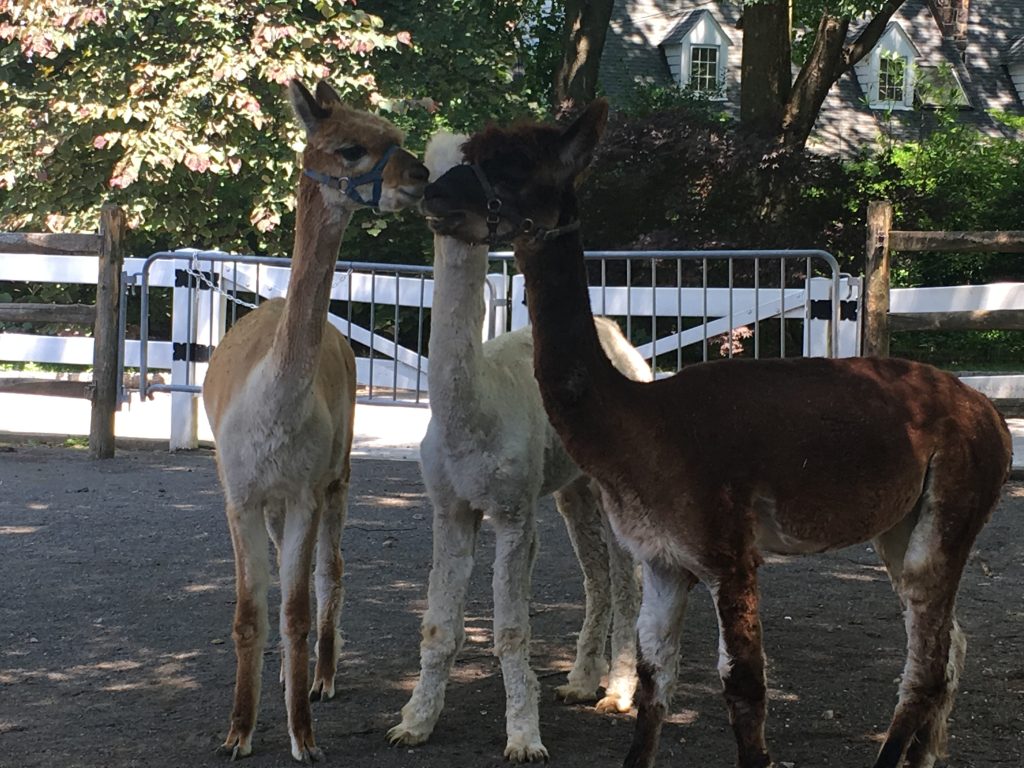
The impact of zoo visits on animal behavior is a critical topic worthy of careful consideration. Zoos serve as crucial educational and conservation spaces, but they also present unique challenges for the animals in their care. This article explores the multifaceted ways in which zoo experiences, and the visitor interactions that accompany them, affect the behaviors of animals. We’ll delve into the specific impacts of captivity, examine the importance of enrichment programs, and discuss how responsible zoo-going can contribute to positive outcomes. We will conclude with actionable steps to better understand the animal behavior and welfare, and a look at how to help. This article is structured to investigate the causes, effects and proposed solutions to ensure both human and animal well-being are prioritized.
The Challenges of Captivity: Understanding Animal Behavior in Zoos
The fundamental challenge facing animals within zoo environments often stems from the restrictive nature of their habitats. While designed to showcase animals and promote conservation, these enclosures do not always mimic the complexities of natural environments. Lack of social interaction, limited foraging opportunities, and restricted movement can lead to a number of undesirable behavioral patterns. studyers have meticulously documented a scope of behavioral issues in zoo animals, demonstrating a link between the design and layout of exhibit spaces and the exhibited behaviors. For example, animals exhibiting repetitive pacing or vocalizations could indicate stress or frustration.
Reduced Social Interaction and its Impact
Animals are social creatures, and their interactions within social groups play a significant function in their overall well-being. In zoos, reduced social interaction or the inability to form complex social bonds can trigger behavioral changes in the animals. This can manifest in aggressive displays, stereotyped behaviors, or a general reduction in active exploratory behaviors. Studies have shown that some primate species exhibit significantly boostd levels of stress-related behaviors when confined in smaller exhibits.
Related Post : Weather Woes, Ruined Zoo Trips: Rain and Extreme Heat.
Limited Opportunities for Natural Behaviors
Zoo environments frequently compromise the natural behaviors of animals. Animals naturally exhibit a wide array of behaviors including foraging, hunting, grooming, and play. When restricted, these behaviors can become maladaptive. One example is the lack of opportunities for primates to interact and play. The impact of these restricted natural activities is substantial and potentially very detrimental to their development and mental well-being. These animals are naturally social animals and have a need for frequent and physical interaction with their peers.
Enrichment Programs as a Solution
Enrichment programs play a vital function in combating the negative effects of captivity on animal behavior. These programs are designed to stimulate and challenge animals, encouraging natural behaviours and reducing undesirable routines and behaviors. Enrichment can take many forms, from providing puzzle feeders that require problem-solving to introducing novel objects that encourage exploration and engagement. By incorporating complex environments that promote natural behaviors, zookeepers can observe animals in a more naturalistic state.
Designing Effective Enrichment Activities
Effective enrichment programs are carefully planned and tailored to specific animal species. A critical element of achievement is the ability to anticipate and understand the needs of the animal. A zookeeper’s attention to detail is critical in the achievement and efficacy of enrichment, and this requires careful observation and record-keeping of the animals’ actions. This ensures the enrichment is directly tailored to their needs.
Visitor Impact: Understanding the function of Observation
Visitor interaction with zoo animals is a complex part of the zoo environment and impact animal behavior. While visitors can be an essential part of a positive experience, it is imperative to ensure the visitors are contributing to the well-being of animals. The level of stress or excitement experienced by animals can vary from the mere presence of visitors. This is a crucial facet of how zoo visitors can inadvertently influence the behavior of zoo animals.
Minimizing Stress through Appropriate Observation
Zoos can minimize the impact of visitor interactions by providing appropriate viewing spaces. The proximity and timing of human interaction can significantly influence the stress levels experienced by zoo animals. Careful visitor management protocols are an integral element in creating a positive environment for both visitor and animals.
study and Conservation Initiatives
Continuous study into animal behavior in zoos is crucial for developing effective conservation strategies. Understanding the behavioral adaptations of animals in captivity can allow conservationists to apply this understanding to conservation efforts in the wild. The data and study gathered in zoos can offer insightful information on preserving animal populations in their natural environments.
Applying study to Conservation Efforts
By observing animal behavior within zoo enclosures, studyers can gain insights into the factors that contribute to the achievement or failure of conservation efforts in natural environments. This crucial information is a key element in the preservation of animal diversity worldwide. Such studies could reveal the importance of specific environments and characteristics in the survival and reproduction of certain animal populations.
In conclusion, the impact of zoo visits on animal behavior is complex and multifaceted. While some zoos strive to create enriching environments, the inherent limitations of captivity, such as reduced social interaction and restricted movement, inevitably influence animal behavior. To mitigate negative effects, zoos must prioritize enrichment programs, naturalistic habitats, and ongoing study to better understand and address the behavioral needs of the animals in their care. For visitors, a greater awareness of the impact of their actions is vital. By supporting zoos that prioritize animal welfare, and by appreciating the unique challenges of maintaining animal behavior in captive environments, we can contribute to creating more positive experiences for both animals and visitors alike. We encourage you to further explore the animal behavior study in the field and consider how your actions affect animal life.